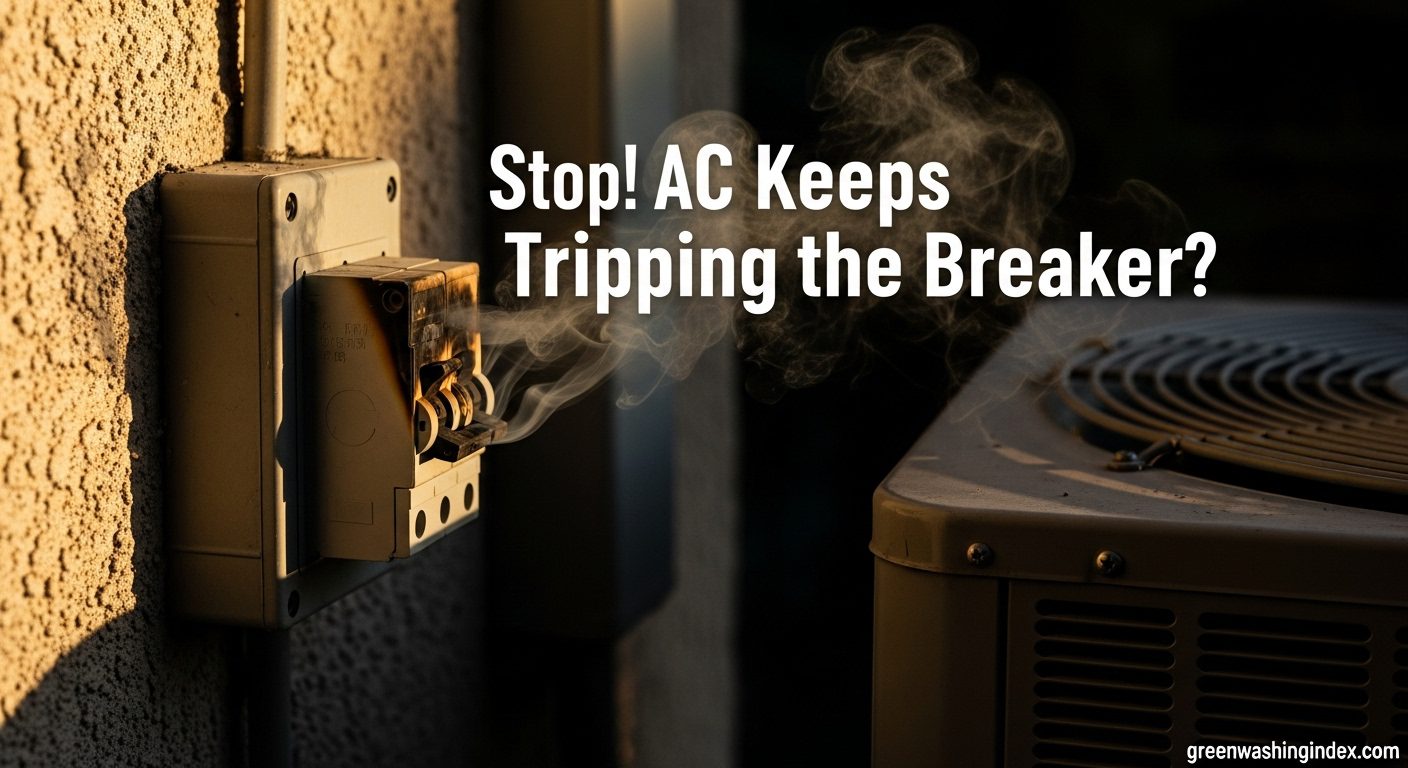
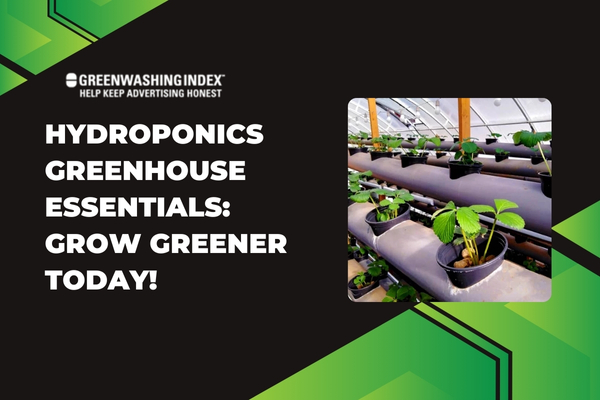
Have you ever stumbled upon the magic of growing plants without a speck of dirt in sight? Welcome to the world of hydroponics greenhouse farming – a place where lush greenery thrives indoors, thanks to a clever mix of water and nutrients.
Picture walking into a space brimming with life, all suspended in air or bathing gently in water. If you’re curious about this fantastic soil-less farming method, keep reading. I promise it’s not just science fiction; it’s the future of sustainable agriculture, and it’s fascinating!
A hydroponics greenhouse is your ticket to year-round gardening bliss. Imagine sidestepping the limits of seasons and weather changes to grow fresh vegetables, herbs, and even fruits!
This is possible because you control everything inside the greenhouse – temperature, light, water supply, and every little thing that plants need to flourish. And here’s the neat part: since there are no soil-based pests around, goodbye pesticides! Just healthy food on your table always.
What You Will Discover Here:
When I think of a garden, dirt, and soil come to mind. But there’s another way to grow plants that don’t use soil at all. It’s called a hydroponics greenhouse. It’s like giving the plants a bath in water full of food so they grow big and strong without any soil.
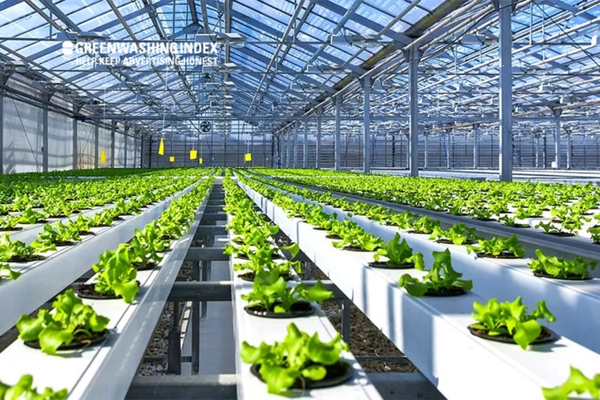
Now, let me explain this idea of hydroponic systems you find in greenhouses. Imagine the roots of plants hanging out in water instead of being buried in dirt. The water has all the nutrients the plants usually get from the soil. Because they’re getting food directly, the plants don’t have to work as hard to grow. This means they can get bigger faster compared to growing in regular gardens.
A hydroponics greenhouse is really smart for several reasons:
Now, within this cool world of watery gardens that is a hydroponics greenhouse, there are different ways you can set things up:
Each type has its own perks depending on what one needs or what kind of space one has available. But no matter which way you slice it (or plant it!), using a hydroponic system inside a greenhouse is pretty cutting edge for sustainable agriculture — which simply means farming that looks out for Mother Earth as much as possible while still making sure we all get plenty of tasty veggies to eat!
All this fancy talk really boils down to one thing: giving your greens exactly what they need without making too much fuss or fuss about it – neither digging nor weeding is required!
That’s why I think anyone who likes fresh lettuce year-round or just wants an efficient way to farm should look into this nifty method called hydroponics greenhouse gardening! It’s not just smart farming; it’s pretty cool science, too!
Also Read: Solar Power Basics: Unlock Clean Energy Mysteries!
When talking about setting up a hydroponics greenhouse, understanding the different types of hydroponic systems is crucial. This is because each type has its own way of working, and some might fit better with what I want to grow and the space I have. So, let’s break down the main systems you can use in a greenhouse for indoor gardening.
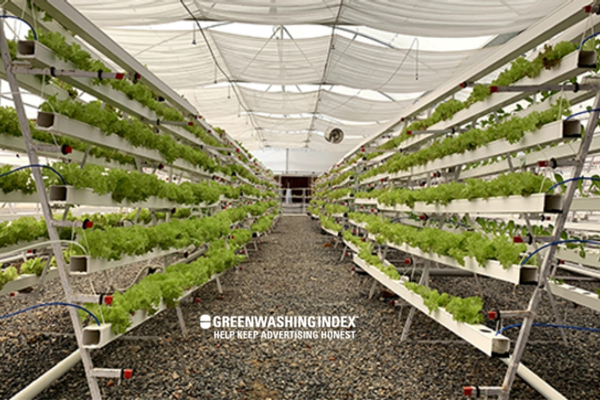
1. Deep Water Culture (DWC): This is one of the simplest kinds of hydroponic setups. In deep water culture, plants are placed in buckets or tubs where their roots reach into nutrient-rich water. An air pump keeps the water moving and gives oxygen to the roots, which helps them take up nutrients.
2. Nutrient Film Technique (NFT): The nutrient film technique involves growing plants in channels that allow a thin stream, or “film,” of nutrient solution to pass over their roots constantly. This system works well because it gives roots plenty of oxygen and just enough nutrients without drowning them.
3. Ebb and Flow (Flood and Drain): Ebb and flow systems fill up grow trays with nutrient solution at specific times before draining all that liquid back into a reservoir. It’s like giving plants meal times for feeding! These setups are great for flexibility because I can adjust how often flooding happens based on what my plants need.
4. Drip Systems: As you might guess from the name, drip systems use small drip emitters to deliver water and nutrients right where each plant needs it – at its base near the roots! This system is efficient in giving every plant individual attention when it comes to feeding.
5 Aeroponics: With aeroponics, no soil or standing water is involved – instead, plant roots hang free in an enclosure with air all around them while being periodically misted with nutrient solution. It’s high-tech gardening that makes sure every bit of root gets nutrition without staying wet too long.
When picking out which hydroponic system I want for my greenhouse, there are a few things I need to think about:
Choosing wisely means mixing what my plants will love with what works best for me as well! All these types help create sustainable agriculture, no matter where they’re set up – but getting that match right makes all the difference between good results and great ones inside my hydroponics greenhouse!
Also Read: Mattress Disposal: Easy Steps for Eco-Friendly Solutions
When I think about getting the most out of a hydroponics greenhouse, there’s one thing that jumps to mind before anything else: climate control. It’s all about creating a perfect little world for the plants where they can thrive without soil.
This type of indoor gardening is part of sustainable agriculture called soilless cultivation. And even though we’re working with advanced greenhouse technology, making it work best is quite straightforward – let me walk you through it.
To make sure my plants are happy and growing well in my hydroponics greenhouse, I focs a lot on controlling the climate. This means I keep an eye on a few important things to create the best space for my plants to thrive.
Here’s how I do it:
So, by checking these things often and making changes when needed, I can keep an ideal growth environment inside the hydroponics greenhouse where all sorts of veggies and herbs can grow big and strong!
When you step into a hydroponics greenhouse, one of the first things you’ll notice is all those lights shining down on the plants—this isn’t just to make things look bright! Proper lighting is incredibly important because plants rely on light much like we depend on food—it’s their energy source.
Let me explain why lights are such a big deal:
Also important? How long your lights stay on: normally, between 14 and 16 hours per day is plenty for many vegetables, but some might need more or less. That’s why timing devices come in handy—I set them up once, and then they turn off/on automatically every day!
My goal here is clear: give each plant enough quality light while keeping energy costs low—that way, both Mother Nature and I will smile seeing our indoor garden bloom beautifully!
Also Read: Master Smell-Free Apartment Composting: An Ultimate Guide
When it comes to gardening, I often weigh the pros against the cons. The same goes for running a hydroponics greenhouse. Let’s dive into what makes it exceptional and what hurdles you might come across.
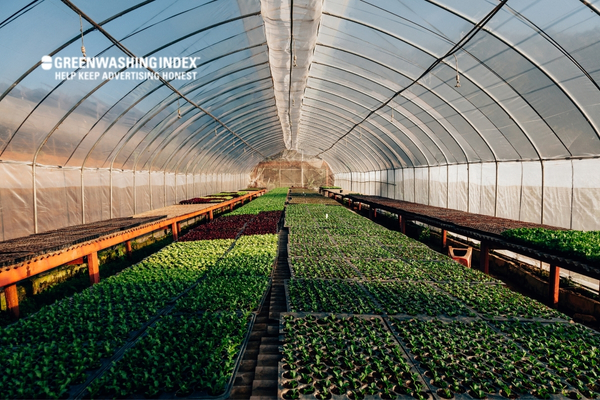
If you’re thinking about starting or switching to a hydroponics greenhouse, let me tell you, there are some really good reasons to do so. Here’s why it’s a great choice:
These perks can turn indoor gardening into an exciting adventure with real benefits for food production or even just having beautiful plants around.
Now let’s talk straight realities here: operating a hydroponics greenhouse isn’t all smooth sailing:
By weighing these challenges against the incredible advantages when we talk about hydroponic greenhouses, it’s clear that while there might be some hurdles along the way, those lush greens without a speck of dirt might just be worth tackling!
Also Read: Greenhouse Gardening: Your Ultimate Guide to Aquaponics
A hydroponics greenhouse is an amazing place. It’s like a magic garden where plants grow without soil. Think of it as planting in water. But not just any water – it’s full of special food for the plants so they can grow big and strong. Today, we are going to talk about how to make this plant food, which is called a nutrient solution.
If you want your plants to do well in a hydroponics greenhouse, the nutrient solution is key. This is the mix of water and nutrients that feed your plants’ roots directly.
By following these steps carefully and adjusting when needed – whether adding more calcium for crunchy lettuce or lowering nitrogen so flowers don’t get too leafy – anyone should be able to pull off pretty impressive harvests no matter what kind of crop chosen within their own little slice nature indoors under control environment hydroponics greenhouse!
Also Read: Styrofoam Disposal: Easy Ways to Reduce Environmental Impact
Taking care of a hydroponics greenhouse isn’t just important – it’s essential to the health and yield of your plants. Just like a car needs oil changes to keep running smoothly, your hydroponic system needs regular check-ups to ensure that everything is working properly. So, let’s talk about the routine tasks that keep this soilless wonder ticking.
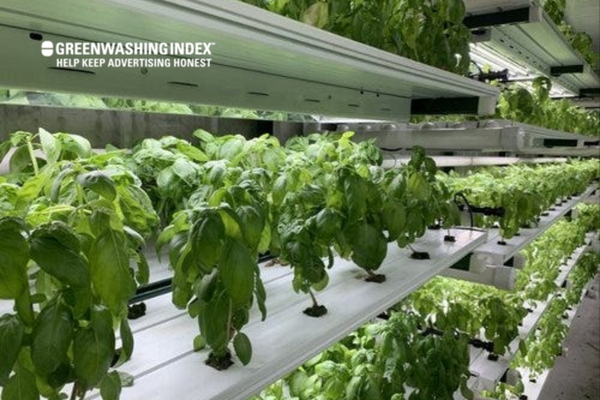
To start off, think of your hydroponic garden as a living machine. Every part has a role, from the water pumps to the smallest tubing. To maintain an efficient system, you’ve got to pay attention to a few key areas regularly.
First, always keep an eye on your water. Water in a hydroponics greenhouse gets recirculated, which means it can build up stuff you don’t want, like salts or plant waste, over time. You’ll need to check the pH level often because if it swings too high or too low, your plants won’t be happy campers. Also, test the nutrient solution’s strength with something called an EC meter; if it’s too strong or weak, adjust as needed.
Second, cleanliness is next to godliness in your green oasis! Regularly clean and sterilize all equipment – buckets, trays, pipes – every last bit! This helps prevent any nasty bugs or diseases from crashing your plant party.
Third, make sure that all the drip lines and sprinklers are working right. If they get clogged or break down, parts of your garden could turn into a dusty old desert while others are flooded like swampland!
Fourth, have a look at those air and water pumps since they keep things flowing smoothly all day long. Clean filters as recommended by manufacturers; sometimes debris can slow them down or even totally stop them from working.
And lastly, don’t forget about keeping an eye out for pests or diseases on your plants themselves! Catching anything early means you can deal with it before it spreads badly.
Remembering these simple yet crucial steps will help ensure that your investment stays productive and proves fruitful season after season in sustainable agriculture through indoor gardening within our very own hydroponics greenhouse!
In the world of indoor gardening and sustainable agriculture, taking a close look at the cost against the benefits of a hydroponics greenhouse is essential. So, let’s dive into whether this soilless cultivation method is worth your investment.
When it comes to setting up a hydroponics greenhouse, one of the biggest things on my mind was whether or not the money I put in would pay off. I’m sure a lot of folks out there are wondering if forking out all that cash at the start is going to be worth it over time. Let me tell you what I found out when I did some digging and number crunching.
Initial Costs
First up, let’s look at what you’ll typically spend when you first get into hydroponics greenhouse farming:
Sure, adding all this up might scare you a bit. It can be quite a bit of green! But hang tight; there’s another side to this coin.
Long-Term Benefits
Now let’s get into why your initial investment could really start showing its green thumbs before too long:
So when I put on my thinking cap, is investing in a hydroponics greenhouse worth the greens? Well, based on what I’ve seen – yes! At first glance, my eyes popped at how much cash had to go down upfront; looking down the road, these greenhouses might just turn those expenses into grand old trees of savings, especially if being kinder to our planet adds an extra kick in your step like mine!
Also Read: DIY Composting Toilet Guide: Build Cheap, Eco-Friendly Now!
In a hydroponics greenhouse, we’re focusing on a powerful mix of technology and nature. This means we need to be very careful to keep both people and plants safe. To do this, there are some important safety measures that have become standard rules for operating these types of greenhouses.
When talking about hydroponics greenhouses, keeping plants safe is not the only concern. It’s also about making sure everyone who steps into the greenhouse stays safe and the environment is protected. To ensure this, there are standard safety measures closely tied to regulations that anyone working with or around a hydroponics greenhouse should know.
First things first, here’s what you need to keep in mind:
Having these protocols in place isn’t just about ticking off boxes on a checklist—it’s about creating a space where safety comes first, ensuring healthy growth not only for your plants but also fostering a secure environment where people can work without worry!
Remembering and implementing these straightforward points will go a long way in maintaining a successful and safe operation within your hydroponics greenhouse!
Leafy greens like lettuce and herbs, as well as tomatoes, cucumbers, and strawberries, thrive in a hydroponics greenhouse.
Change your nutrient solution every two to three weeks to ensure plants get all the nutrients they need.
Yes, with the right set-up and equipment, you can transition your traditional greenhouse to a hydroponics system.
Wrapping things up, a hydroponics greenhouse represents the pinnacle of soilless cultivation – a true marvel in sustainable agriculture and indoor gardening. It’s clear that while there are hurdles to overcome, the benefits of embracing such cutting-edge greenhouse technology are immense.
By tuning into the needs of various hydroponic systems, optimizing conditions within your green space, and committing to ongoing education and maintenance, one can achieve remarkable results. I’ve walked through every facet, from choosing your system to balancing nutrients and maintaining your setup. The merge of precise science with the art of gardening creates a satisfying journey toward food production efficiency.
Key Takeaway Points

Don't let aphids, slugs, and caterpillars ruin another plant. Take back control with simple, natural methods that actually work.